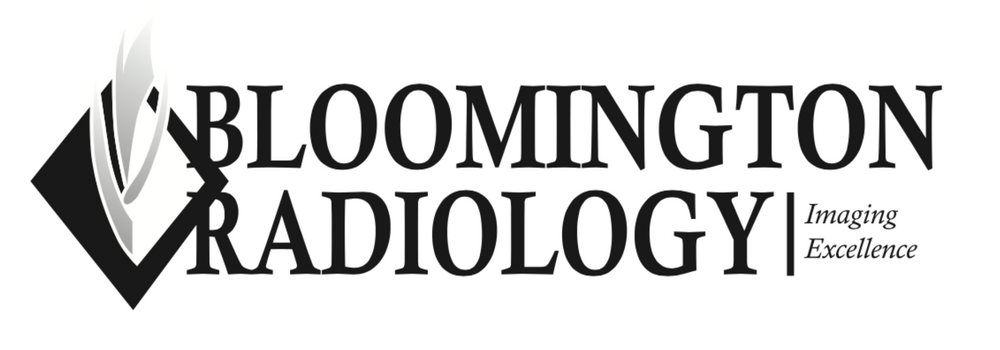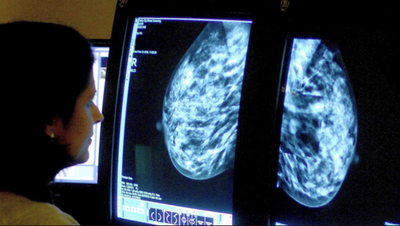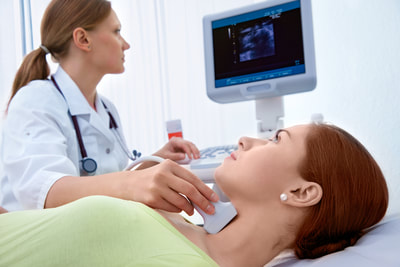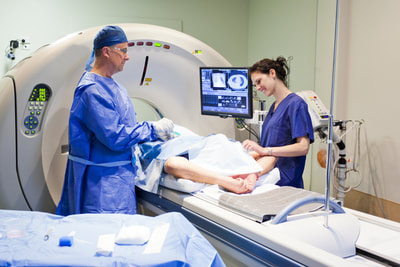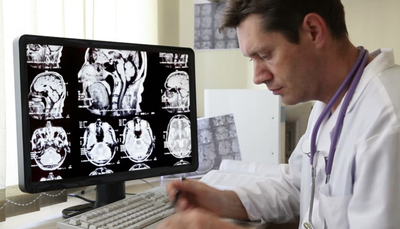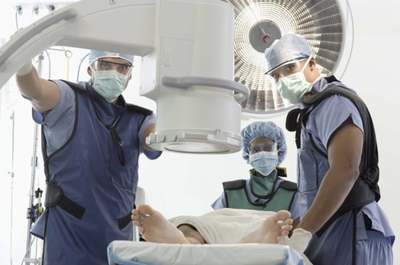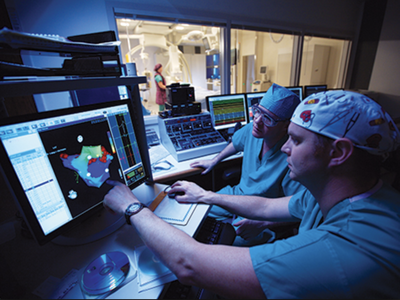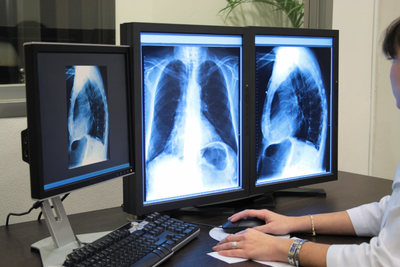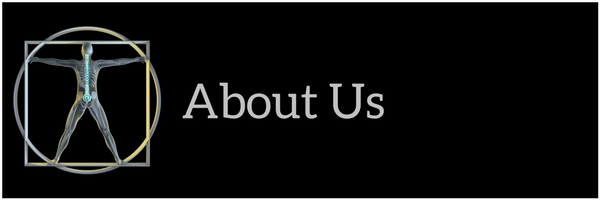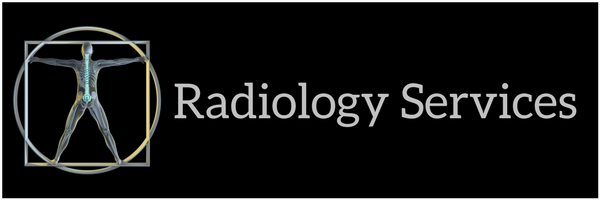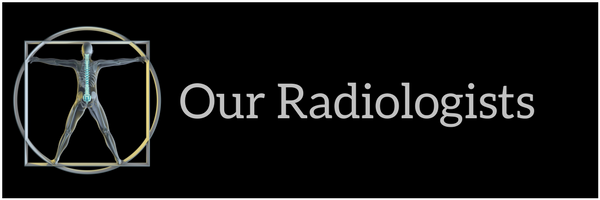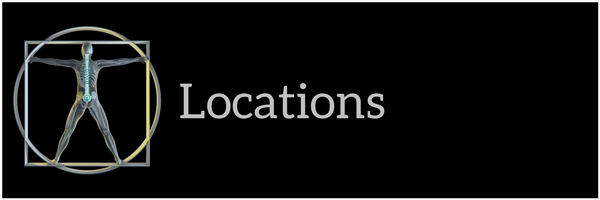Radiology Services Offered by Bloomington Radiology
MammographyA Mammogram is a type of imaging that uses a low-dose x-ray to examine breasts. Mammogram is used to aid in the early detection and diagnosis of diseases. Digital mammography provides patients with the highest quality of care in the prevention and early detection of breast cancer.
|
UltrasoundUltrasound is a noninvasive imaging technique that uses high frequency sound waves to obtain an image of organs, vessels, and tissues within the body. With no injection of contrast or radiation exposure, ultrasound is a safe, effective way to view internal organ function.
|
MRIMagnetic resonance imaging (MRI) is a type of imaging which relies on principles of magnetization to produce an image. MRI is the preferred procedure for diagnosing potential problems or abnormal conditions in the body. MRI shows healthy and unhealthy tissues.
|
CT ScanComputerized axial tomography (known as "CAT scan" or more simply as "CT") utilizes radiation to produce images of the body. CT is less expensive than MRI and is able to serve the needs of more patients with restrictions such as pacemakers.
|
Bone Density ScanA bone density scan is a simple, non-invasive exam to measure bone mass in areas such as your spine, hip, wrist, finger, kneecap, shin bone and heel. The standard test uses a low dose X-ray to detect signs of bone thinning and mineral loss.
|
Nuclear MedicineNuclear medicine uses small amounts of radioactive materials called radiotracers to diagnose a wide array of diseases and conditions. Nuclear medicine exams provide detailed information doctors don’t get from other types of imaging.
|
X-RayX-rays are produced by passing a small amount of controlled radiation through the body. Radiation from x-rays are absorbed differently by the tissues and captured to detect and help diagnose certain conditions such as broken bones, pneumonia, and emphysema.
|
